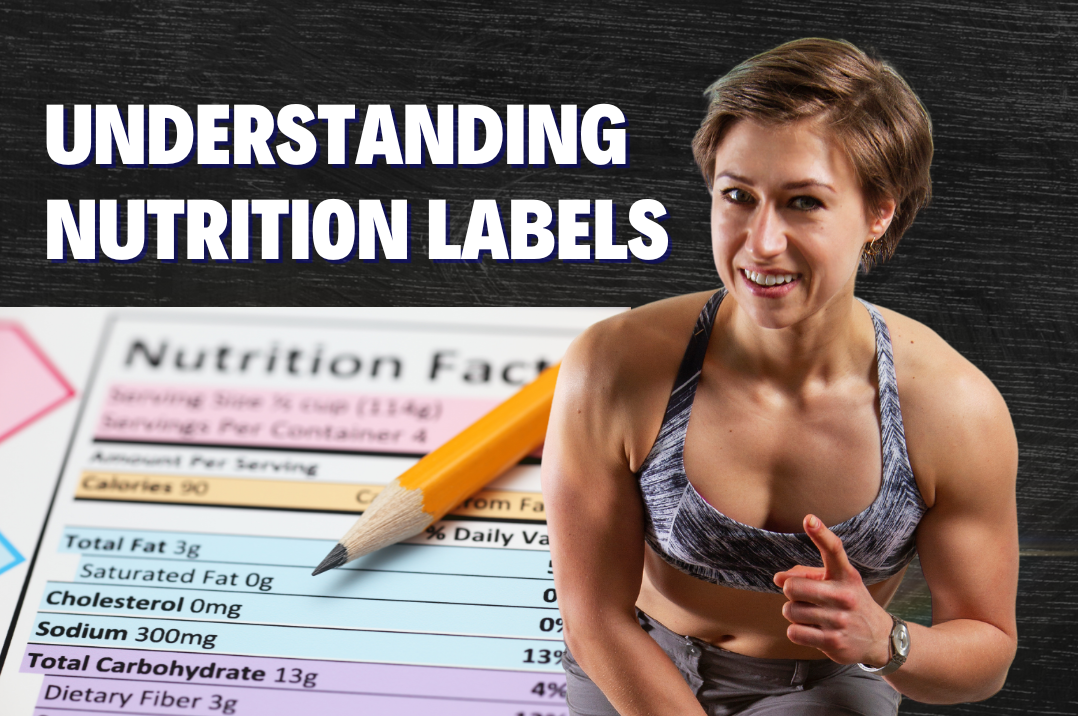
Understanding Nutrition Labels: A Guide for the Health-Conscious
Share
When it comes to maintaining a healthy diet, understanding nutrition labels is crucial. For those following a whole food plant-based diet, reading labels may seem simple, but it can be a bit tricky when you're dealing with pre-packaged foods. In this guide, we’ll break down how to effectively read nutrition labels to make informed choices about the foods you consume.
The Basics of Nutrition Labels
Nutrition labels are mandatory for most packaged foods. They provide essential information about the food's nutritional content. However, the marketing on the front of the package can often be misleading. The key takeaway is that what’s written on the front doesn’t matter as much as the details on the back. Always flip the package over to examine the nutrition facts.
Serving Size and Calories
The first things to check are the serving size and the number of calories per serving. It’s essential to understand that serving sizes can be very small, especially for low-calorie products. For example, some calorie-free items may have a serving size that is less than a teaspoon. This means that although the label states it has zero calories, consuming more than the recommended serving can lead to a significant calorie intake.
Take cooking sprays, for instance. They often claim to have zero calories, but the serving size might be just a fraction of a spray. In reality, if used liberally, the calorie content can add up quickly, as these products are primarily oil.
Understanding Macronutrients
Once you’ve noted the serving size and calories, the next step is analyzing the macronutrients: proteins, carbohydrates, and fats. Each macronutrient has a specific calorie count per gram—proteins and carbohydrates have 4 calories per gram, while fats have 9 calories per gram. To evaluate the nutritional quality of a food, calculate the percentage of calories that come from each macronutrient.
- Protein: If a food has 3 grams of protein, multiply this by 4 to determine the calorie contribution from protein (3g x 4 = 12 calories). Then, divide by the total calories to find the percentage of protein in the food.
- Carbohydrates: Similarly, calculate the contribution of carbohydrates by multiplying grams of carbs by 4 and dividing by total calories.
- Fats: For fats, multiply grams of fat by 9 and divide by total calories.
This will give you a clearer picture of how much of your food is made up of each macronutrient and whether it aligns with your dietary goals.
Fiber and Sugar Content
Fiber is another essential component to look for in nutrition labels. It plays a crucial role in digestion and overall health. Foods high in fiber are typically more satiating and can help regulate blood sugar levels. Check how much fiber is in the food and aim to choose options with higher fiber content.
Additionally, pay close attention to added sugars. While some sugar can be beneficial, particularly around workout times for energy, excessive sugar intake can lead to health issues. Look for foods that have minimal added sugars, especially if you're trying to manage your weight or overall health.
Fat Types and Their Implications
Understanding the types of fats in your food is crucial, especially for those concerned about heart health. Most nutrition labels will indicate the amount of saturated fat present. While saturated fats can contribute to heart disease, it’s important to note that not all saturated fats are created equal, particularly in a plant-based diet.
As a vegan, you might not need to worry excessively about saturated fat, but it’s still wise to monitor your intake. Instead, focus on healthy fats, such as those from avocados, nuts, and seeds, which can provide essential nutrients without the negative effects associated with unhealthy fats.
Trans Fats: A Major Red Flag
Trans fats are often labeled as partially hydrogenated oils and are known to increase the risk of heart disease. They are created through a process that makes liquid oils more solid, which is common in processed foods. Always look for products that contain zero trans fats, as these are the most harmful types of fats for your health.
Micronutrients and Allergens
Nutrition labels often include a section for micronutrients, which are vitamins and minerals essential for various bodily functions. While it’s good to be aware of these, if you’re eating a well-rounded diet rich in whole foods, you’re likely getting adequate amounts of most micronutrients.
However, it’s crucial to check for allergens, especially if you have specific dietary restrictions. Most labels will clearly list common allergens such as gluten, dairy, and soy. Always read this section carefully to avoid any adverse reactions.
Ingredient List: What to Watch For
The ingredient list can provide insight into the quality of the food you’re consuming. Ingredients are listed in descending order by quantity, meaning the first few ingredients make up the bulk of the product. If you see sugar or unhealthy oils listed as the first ingredient, it’s a sign to steer clear.
As a general rule, aim for foods with fewer ingredients, ideally ones you can recognize. If you come across long lists filled with complex additives, it may be best to avoid those products.
Practical Tips for Reading Nutrition Labels
Now that you know what to look for, here are some practical tips to enhance your label-reading skills:
- Always Check the Serving Size: This is crucial for understanding how many calories and nutrients you’re actually consuming.
- Calculate Macronutrient Percentages: Use the calorie contributions to assess whether the food fits your dietary needs.
- Look for High Fiber Content: Choose foods that provide a good amount of dietary fiber for better digestion and satiety.
- Avoid Added Sugars: Opt for products with minimal added sugars, focusing on whole, unprocessed foods.
- Be Cautious of Trans Fats: Always check for and avoid trans fats for better heart health.
- Read the Ingredient List: Keep an eye out for recognizable ingredients and avoid overly processed foods.
Conclusion
Understanding nutrition labels is a valuable skill for anyone looking to maintain a healthy lifestyle, especially for those following a plant-based diet. By focusing on serving sizes, macronutrients, and ingredient quality, you can make informed decisions about the foods you consume. Remember, knowledge is power, and being a savvy label reader can help you achieve your health and wellness goals.
Feel free to drop any questions or insights you have about reading nutrition labels in the comments below, and let’s keep the conversation going!

